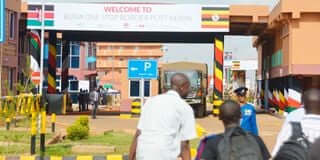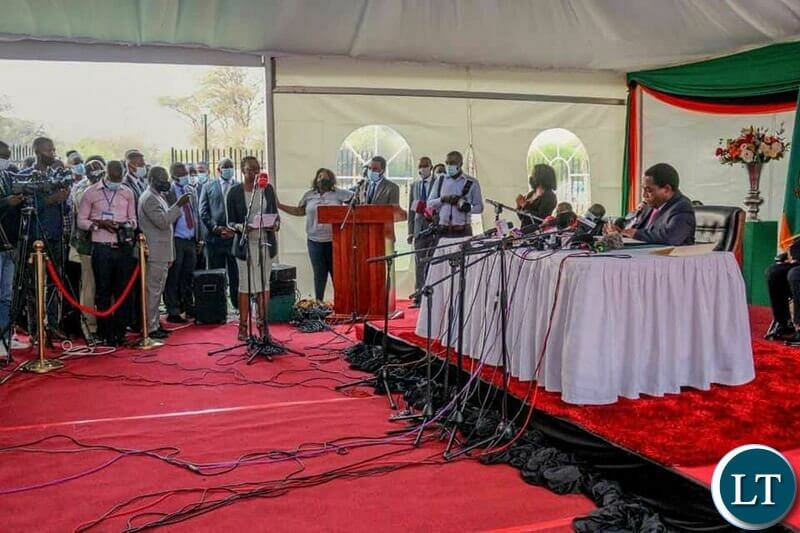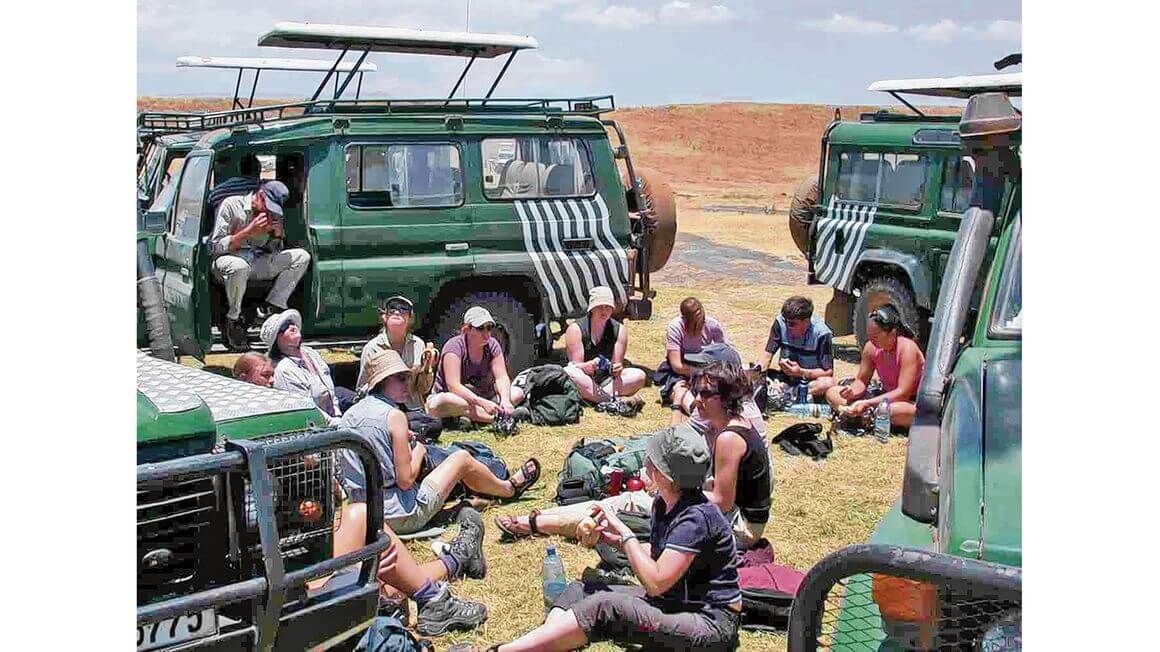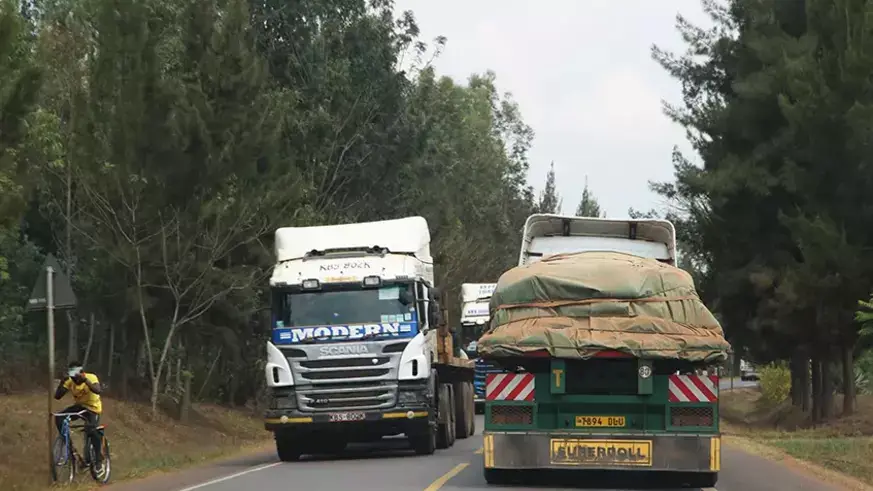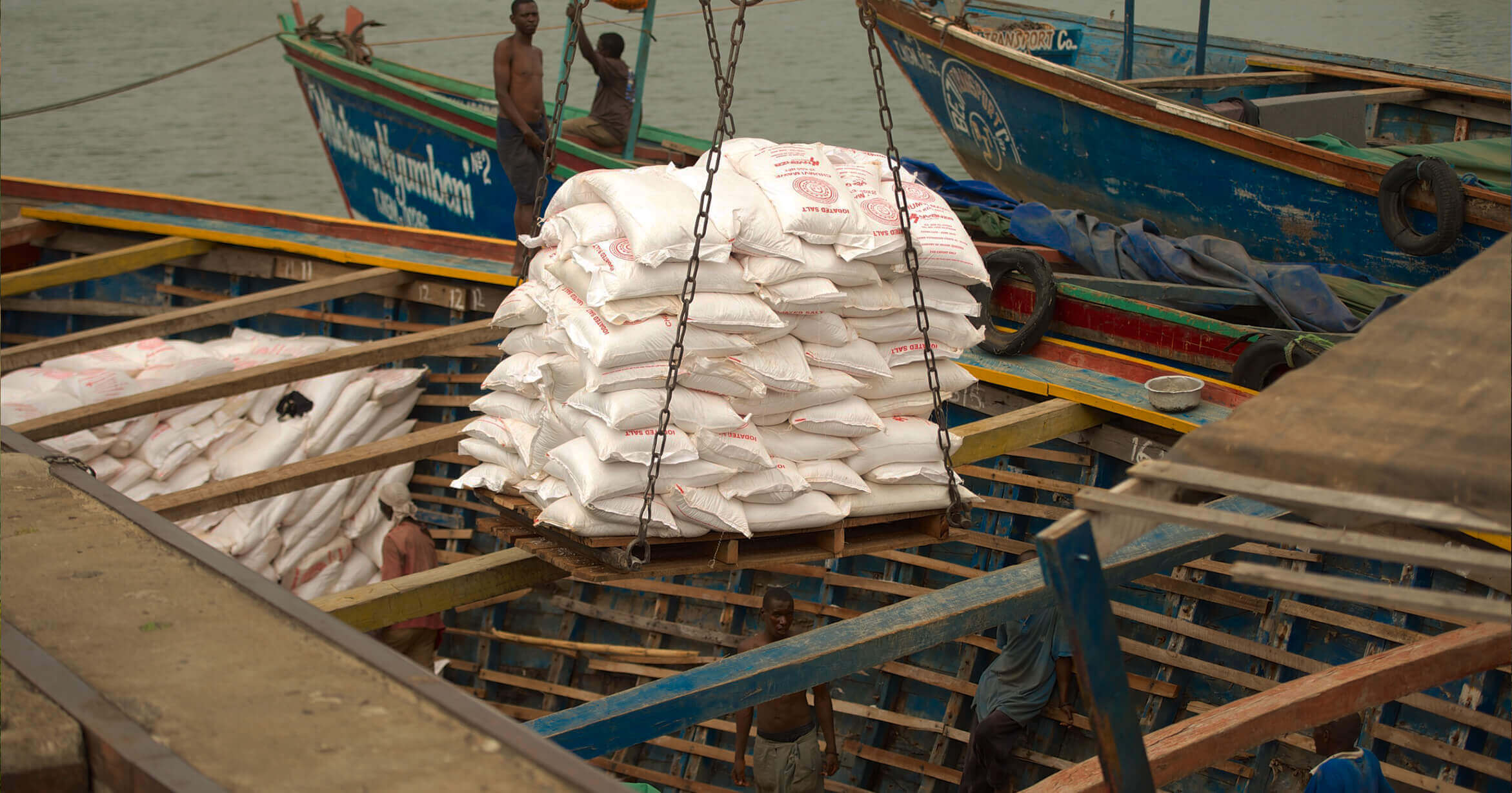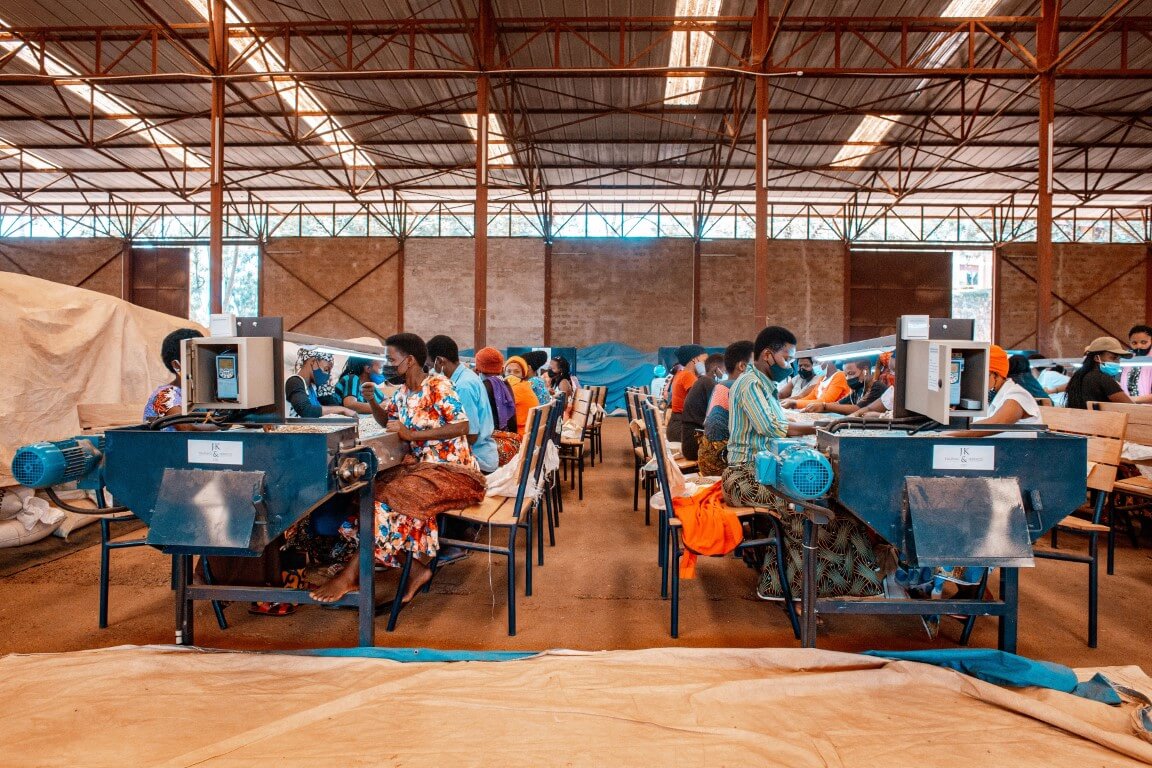Kenya and Uganda have endorsed the establishment of a third point of entry and exit (PoE) at their shared border to enhance trade. Already, the two countries have two major points at the busy Busia and Malaba towns which serve as entry and exit points along the Northern corridor. But on Thursday, delegations from Kenya and Uganda gave the greenlight for establishment of a third PoE at Muluanda area in Samia Sub-County, Busia. The Kenyan government was represented by the border management secretariat secretary Kennedy Nyaiyo while Major Martha Asiimwe led the Ugandan delegation. Busia deputy governor Moses Mulomi represented the county government. The move to have a third PoE in Busia County comes years after former President Mwai Kibaki toured the site in 2009 accompanied by Western Kenya leaders. At the time, Mr Kibaki said the move to open up Muluanda as a border point would help decongest the Busia and Malaba border points. He had also accepted a request to tarmack the five-kilometre Nangina junction to Muluanda road, but this has not been implemented to date. On Thursday, Mr Nyaiyo said Kenya has in excess of 200 acres of land along its border with Uganda, which gives it access to more border points. “The Muluanda PoE requires up to 50 acres of land for establishment. This gives space for other points to be opened,” he said. He noted that the PoE will help Kenya lower the cost of transportation and secure more revenue as it serves other landlocked...
Kenya and Uganda eye third border entry point in Muluanda
Posted on: October 4, 2021
Posted on: October 4, 2021

